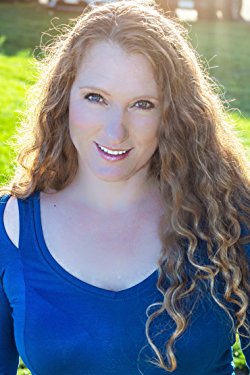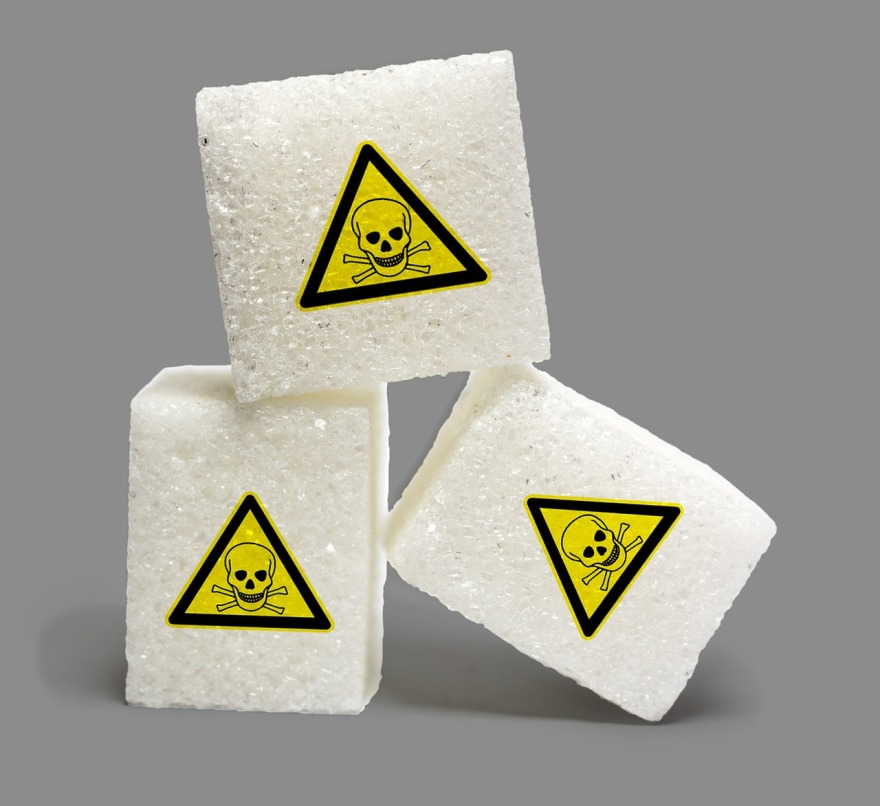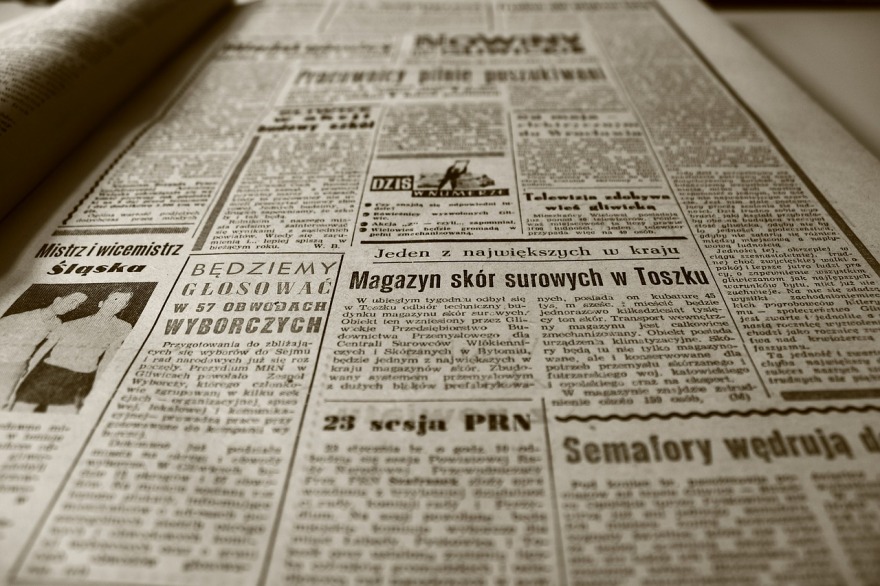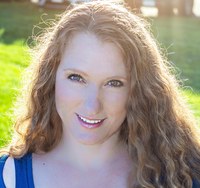
Jennifer is a research scientist turned writer of historical fiction. Her novels take place in 1900s Los Angeles among the police matrons of the LAPD and combine, mystery, history, humor, and romance. THE WOMAN IN THE CAMPHOR TRUNK was released in November, 2017. Her debut novel, THE SECRET LIFE OF ANNA BLANC was a finalist in the Lefty Awards for Best Historical Mystery, The Colorado Author’s League Award for Best Genre Fiction, the Macavity Sue Feder Award for Historical Mystery, and is the WINNER of the Mystery & Mayhem Award for Historical Mystery and the Colorado Gold for Best Mystery.
Jennifer grew up in Southern California, but has traveled to such places as Nicaragua, Ethiopia, and Papua New Guinea. She’s been a block layer, a nurse’s aid, a fragrance model, and on the research faculty at UCLA, where she spent 11 years conducting studies to inform health policy. Jennifer currently lives in Denver, Colorado with her husband and two teenagers, two dogs, and a cat. There she conducts research on the jails.

*What’s a typical day like for you?
I’m a corrections researcher, so by day, I’m coding multi-level statistical models and shadowing deputies in the jails. By 6:00 AM I’m at my desk at the Sheriff’s Department. It’s culturally so different from academia, where I came from. After work, I lift weights with my personal trainer in the jail. I’ll go over to a weight machine and someone will have left their gun on the seat. Then I go home, take care of my teenagers,do an interview, arrange a reading in a bookstore, write a little, fall asleep on my laptop.
*Do you still struggle with Chronic fatigue?
I gave up sugar and that helped me a lot.

*What do you do to recharge your creative batteries?
Art inspires me. Music inspires me. When readers respond to my work in a positive way, it’s a huge jolt to my creative energies. I love readers.
![]()
*On your website you state the following, ” So when I wasn’t writing or conducting research, I was reading every writing book I could get my hands on. I treated it like one more graduate degree. This took a couple of years.”
- During this time frame name some of the writing books that helped you the most.
I started writing screenplays before I wrote fiction. I sent my first screenplay off to my Oscar-nominated screenwriter x-boyfriend, David, who graciously read it and told me it stank. It did. He recommended three books to me: Story: Substance, Structure, Style and the Principles of Screenwriting, by Robert McKee; The Art Of Dramatic Writing: Its Basis in the Creative Interpretation of Human Motives by Lajos Egri; and The Writer’s Journey by Christopher Vogler. They changed my game. Screenwriting books are incredibly instructive for fiction writers because they teach you story structure. Now David is a big Anna Blanc fan (and I know he’d tell me if he wasn’t).
- Any favorite quotes, tips, techniques?
Give into your voice. Don’t self censor. There’s a Neil Gaiman quote that is right on the money.
“Remember: when people tell you something’s wrong or doesn’t work for them, they are almost always right. When they tell you exactly what they think is wrong and how to fix it, they are almost always wrong.”
- Were you ever overwhelmed by the amount of information?
I was famished for information. Writing was a fresh discovery for me. I hadn’t known that I could do it or love it so much. And once I made that discovery, it’s all I wanted to do or talk about. So, I was like, ‘bring it!’

* “I treated it like one more graduate degree…” Tell us more about this and your approach to learning the craft.
When I first started writing fiction and screenplays almost ten years ago, I was surprised that I wasn’t good at it. I thought it would be easier because I was a already a competent non-fiction writer. It wasn’t. Writing fiction or screenplays is a whole different beast and you have to learn the craft. You’ve got to put in your ten thousand hours. I read dozens of screenplays and dissected them. I diagrammed novels. I would read books I loved five times in a row. Each time I’d look for something new. What was the ratio of description to action? What rules did they break? How did the author make me feel so deeply? I would study first paragraphs of novels that were effective and mimic them. When I presented my writers’ group with my first sex scene, they laughed, because it was unintentionally hilarious. So I started reading romance novels–just the dirty parts–to try to figure out what made a good love scene.
And, I wrote. Some days, I wrote for fourteen hours. I’d wake up in the middle of the night and write. I wrote first thing in the morning. I wasn’t working much at the time, so I could do it.

*With a MPH (I’m guessing it’s a Masters of Public Health–My wife has one of those), a Ph.D, a love of reading, and what you’ve accomplished so far in writing, I’ve assumed the following.
-You love to learn new things. Is this true?
Yes, which is why I love corrections research so much. I get to learn a whole new discipline that also ties into my fiction.
-You have great self discipline. How did you develop such great character?
Thank you. I don’t know. My mother worked us pretty hard when we were kids, be it doing chores or hiking up mountains, and I’m grateful. Then I traveled extensively in the developing world, so I know about cold showers and picking bugs out of your food. Working hard and pushing through when things are tough is key. But it’s crucial to know where to focus your energies. I let a lot of things slide because they would take me away from writing or time with my kids.
-I can also tell you have a sense of humor, which I love in Anna Blanc, The Woman in the Camphor Trunk. Where does your sense of humor come from?
Boredom. Childhood used to be filled with boredom. Wonder too, but in the 60s and 70s we had to make our own entertainment. I liked to amuse myself by finding the humor in things. Even now, I’m often giggling behind my hand.

*How do you utilize research for your novels?
I love to use primary sources for my Anna Blanc research. The Los Angeles newspapers from the early 1900s enthrall me. Most of my story lines come straight out of the papers. I steal events from the newspapers, descriptions of technology, prices from advertisements, fashion, entertainment. I love eyewitness accounts. I harvest slang and social morays from novels written in that period — things that Anna Blanc would have read. Text books from the period. Magazines. Photography is my very favorite source I’ve collected thousands of pictures of the 1900s on my Pinterest page. Here’s the link. Prepare to be amazed https://www.pinterest.com/jrobin66/

*I love Anna Blanc! She’s such a unique character. This sounds weird but, did it take a while to create her?
Thank you so much!. I was planning on writing someone else entirely and she forced her way onto the page. She’s maturing a bit, and that takes time. But her voice is in the very first paragraphs of the first draft I wrote. In some ways, Anna is like me at 19 only magnified. I was self-absorbed. She’s even more self-absorbed. I was naive and privileged. She’s sheltered and filthy rich. I was relatively smart and brave. She’s even braver and more brilliant. And, like most women of my generation, I was frequently dismissed. So Anna is dismissed.
*What’s next in the Anna Blanc series?
Book three will be out next Spring. It’s based on a true story and involves a white slavery ring, a murder in Griffith Park, and a mysterious man who comes into Anna’s life and drives Joe Singer crazy. There’s a trip in the Blanc’s luxurious private train car, a brutal trek in the desert, family drama, and lots of skeletons in closets.

